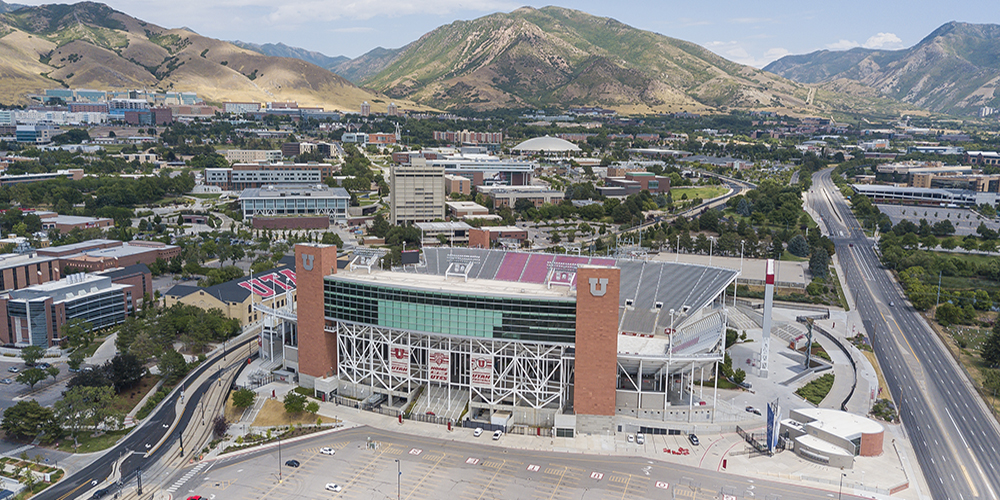The University of Utah announces the reorganization of its public safety department by its inaugural Chief Safety Officer.
CSO Marlon Lynch, who joined the Salt Lake City campus in February, has made significant changes to how its public safety department is run, including the addition of new leadership throughout the organization and the growth of existing divisions, to increase capacity and improve accountability, according to the press release.
Before Lynch arrived, the school’s Department of Public Safety included Emergency Management, Security, Dispatch and Police Services — all of whom reported to the chief of police. Under the new organizational structure, Emergency Management and Campus Security report directly to Lynch. Police Services will also report to Lynch and has created a victim advocate position.
“We recognize that there are many aspects to individual safety, and we know that our work cannot happen in a silo,” Lynch said. “These changes will enhance our partnerships on campus, as well as with community agencies, in order to better serve our community.”
Community Services will now work in tandem with police and campus partners to support victims of any crime, including sexual violence.
“Despite the limitations placed on campus by the coronavirus pandemic, Lynch has connected with ASUU [Associated Students of the University of Utah], the Academic Senate Executive Committee, Staff Council and other student, faculty and staff members to keep them apprised of these changes, to incorporate their feedback into the department’s overall direction and to gain input during hiring processes,” says the release.
Additional changes include:
- The police department has a new command staff who will lead a unit focused solely on fostering partnerships and collaborating with community stakeholders, including faculty, staff and students
- Emergency Management’s responsibility will expand to support travel safety and the campus’ Communications Center
- A new Security and Law Enforcement Technology director who will oversee and manage information technology infrastructure that supports the department’s Communications Center
- Health Security will grow along with the health system, moving into community clinics throughout the state
- Community Services will provide victim services and support the university’s behavioral intervention efforts and Threat Assessment Team
Furthermore, starting July 6, Keith Squires will serve as Executive Officer of an administrative unit focusing on relationships with external public safety agencies and public safety committee management. Squires was on the team that conducted an independent review following the on-campus murder of student Lauren McCluskey in 2018.
“This is a transformational time,” Lynch said. “I am honored to be part of the foundational efforts in creating a culture of safety at the U.”
You can view a complete chart of the department’s restructuring here.







